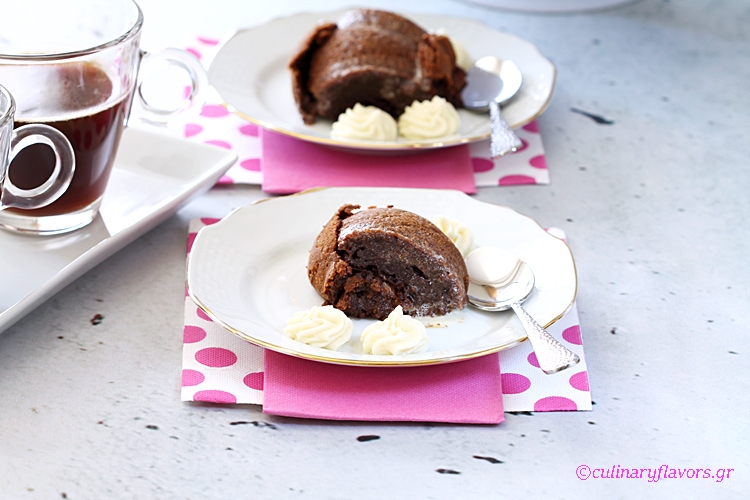Last month I went for a very fast trip to France and more particularly to Arras. Arras is the capital of the Pas-de-Calais department, which is in the northern part of France at the confluence of the Scarpe river and the Crinchon River. Established during the Iron Age by the Gauls, the town of Arras was first known as Nemetocenna, which is believed to have originated from the Celtic word nemeton, meaning ‘sacred space’.
Arras is Pas-de-Calais’ third most populous town after Calais and Boulogne-sur-Mer. The town counted 43,693 residents in 2012, with the Arras metropolitan area having a population of 124,200. Arras is located 182 kilometers (113 miles) north of Paris and can be reached in 2 hours by car and in 50 minutes by TGV. The city of Arras is well known for its architecture, culture, and history. It was once part of the Spanish Netherlands, a portion of the Low Countries controlled by Spain from 1556 to 1714.
During most of the First World War, Arras was about 10 kilometers (6.2 miles) away from the front line, and a series of battles were fought around the city and nearby, including the Battle of Arras (1914), the Battle of Arras (1917) and the Second Battle of the Somme component of 1918’s Hundred Days Offensive.
On 31 August 1914, German light cavalry (Uhlans) arrived in Tilloy-lès-Mofflaines, and an army patrol made a foray into Arras. On 6 September 1914, 3,000 soldiers led by General Hans-Jürgen von Arnim barracked within the city and in the Arras citadel. Shortly after, Louis Ernest de Maud’huy’s soldiers partly repelled the German army troops, and trenches were dug in the Faubourgs d’Arras. On 7 October 1914, the Arras city hall burned. On 21 October 1914, the belfry was destroyed, and so was the Arras Cathedral on 6 July 1915.
In 1917, a series of medieval tunnels beneath the city, linked and greatly expanded by the New Zealand Tunneling Company, became a decisive factor in the British forces holding the city particularly during that year’s Battle of Arras.
By the end of World War I, the city was so heavily damaged that three quarters had to be rebuilt. The reconstruction was extremely costly, yet it proved to be a success and allowed the city to expand.
Although I stayed for just one day and it was freezing cold, I had the opportunity to walk around and see the city’s downtown and take in all the sights. As you can understand after this beautiful long stroll, we ended up in a nice bistro to have something to eat. For dessert I chose a delicious moelleux au chocolat topped with heavy cream. It was a dream. So, it was only natural for me to try and make it at home. This dessert is something among a soufflé, a pudding and a cake. Its texture is airier than the soufflé and this is because of the meringue. Anyway, it is a very unique dessert and matches perfectly with vanilla ice cream or heavy cream.
- 200 gr. / 7 oz. dark chocolate between 65% and 70% cocoa
- 1 tbsp instant coffee powder
- 200 gr. / 7 oz. butter at room temperature
- 200 gr. / 7 oz. caster sugar
- 4 medium eggs
- Preheat oven to 175°C / 350°F.
- In a glass bowl place the chocolate after you have broken it to pieces and melt it either in the microwave or in a bain-marie.
- Once it is melted add the tbsp of coffee and mix to incorporate.
- Separate the egg yolks from the egg whites.
- Beat the egg whites along with 100 gr. of caster sugar to stiff meringue.
- In your stand mixer add the rest of sugar and the egg yolks and mix until you get a pale batter.
- Add the butter and mix to incorporate.
- Pour the melted chocolate and mix to incorporate.
- In this egg yolk batter add the egg whites and fold gently with a spatula to incorporate.
- Take either a spring form or small molds butter and flour them.
- Pour the batter and bake for about 40 minutes.
- Take it out, let it rest for 10 minutes and then serve.
- You will see the dessert to deflate and lose half its volume once it is out of the oven.
- This is natural, and this is how it is served.
- 200 γρ. σκούρα σοκολάτα με 65% ή 70% κακάο
- 1 κ.σ. στιγμιαία σκόνη καφέ
- 200 γρ. βούτυρο σε θερμοκρασία δωματίου
- 200 γρ. ζάχαρη άχνη
- 4 μέτρια αυγά
- Προθερμάνετε το φούρνο στους 175°C.
- Σε ένα γυάλινο μπολ τοποθετήστε τη σοκολάτα αφού την έχετε σπάσει σε κομμάτια και λιώστε την είτε στο φούρνο μικροκυμάτων ή σε Μπεν-Μαρί.
- Μόλις λιώσει προσθέστε την κουταλιά του καφέ και ανακατέψτε για να ενσωματωθεί.
- Χωρίστε τους κρόκους αυγών από τα ασπράδια αυγών.
- Χτυπήστε τα ασπράδια μαζί με 100 γρ. ζάχαρη άχνη σε σφιχτή μαρέγκα.
- Στο μίξερ σας προσθέστε το υπόλοιπο της ζάχαρης και τους κρόκους αυγών και χτυπήστε μέχρι να γίνει ένα κρεμ μίγμα.
- Προσθέστε τη λιωμένη σοκολάτα και ανακατέψτε να ενσωματωθούν.
- Προσθέστε το βούτυρο και ανακατέψτε για να ενσωματωθεί.
- Σε αυτό το μίγμα κρόκων προσθέστε τα ασπράδια και διπλώστε απαλά με μια σπάτουλα για να ενσωματωθούν.
- Πάρτε είτε μια φόρμα κέικ ή μικρά μπολάκια για σουφλέ, βουτυρώστε τα και αλευρώστε τα.
- Ρίξτε το μίγμα και ψήστε για περίπου 40 λεπτά.
- Βγάλτε το, αφήστε το να ξεκουραστεί για 10 λεπτά και στη συνέχεια σερβίρετε.
- Θα δείτε το επιδόρπιο να ξεφουσκώνει και να χάνει σχεδόν το μισό του όγκου του όταν είναι έξω από το φούρνο.
- Αυτή είναι η φυσικό και έτσι σερβίρεται.




